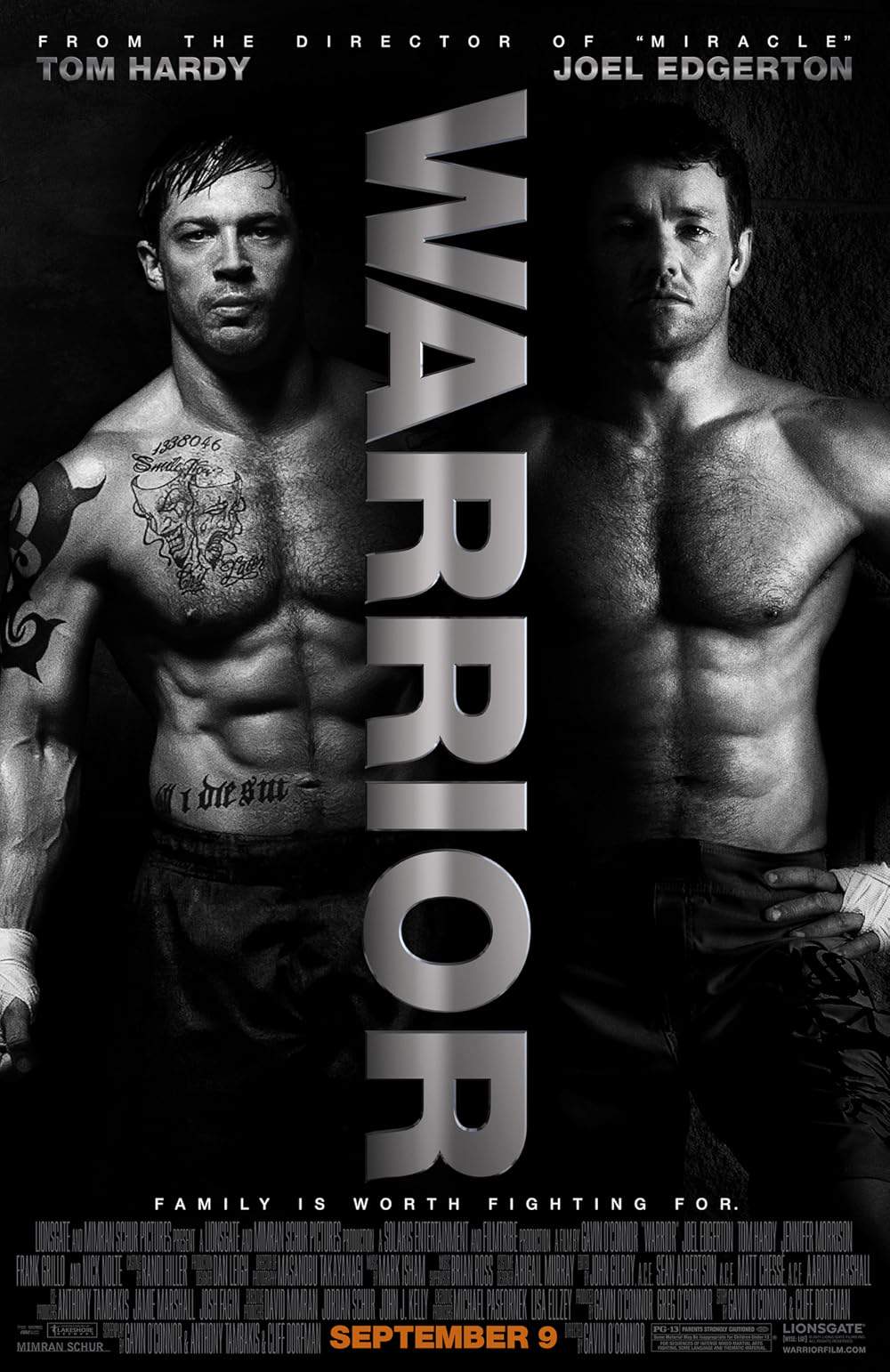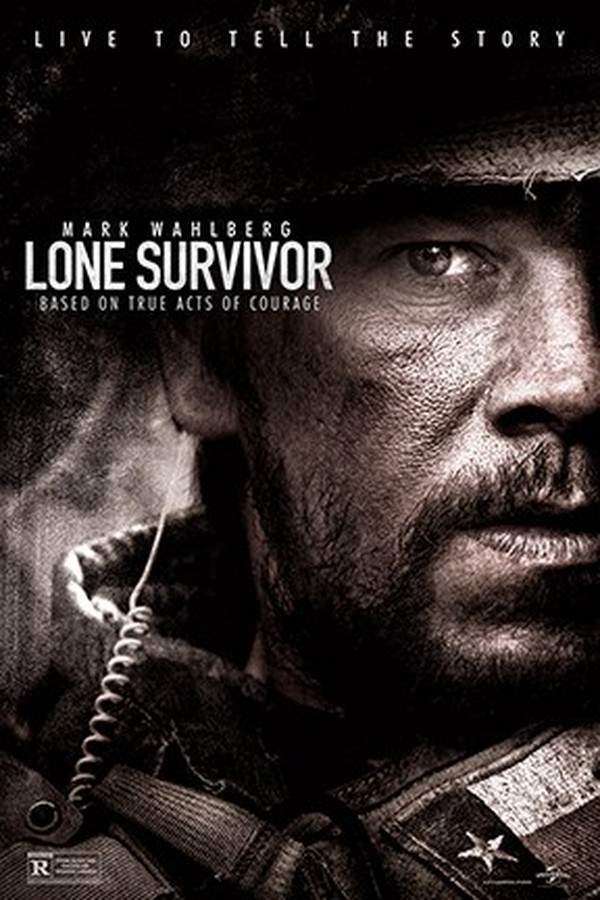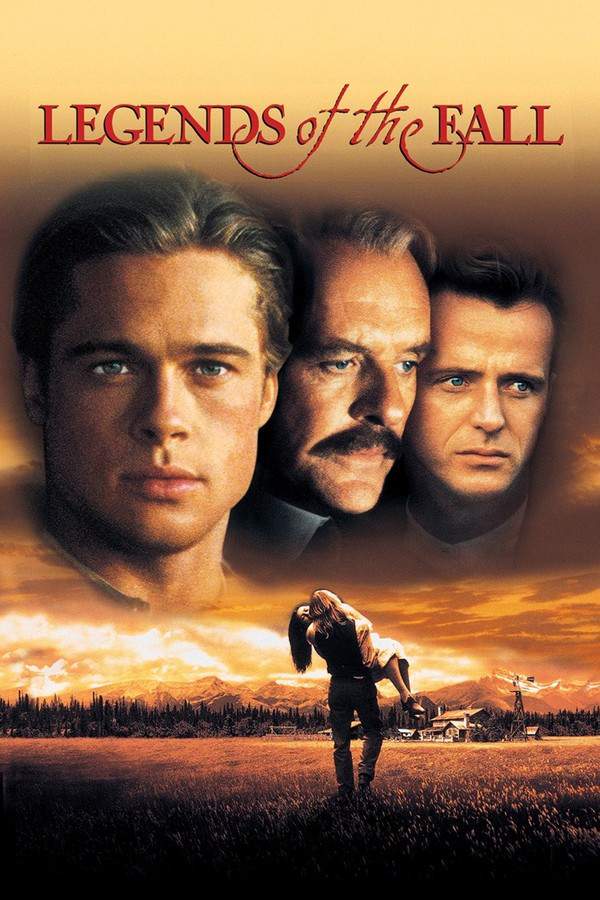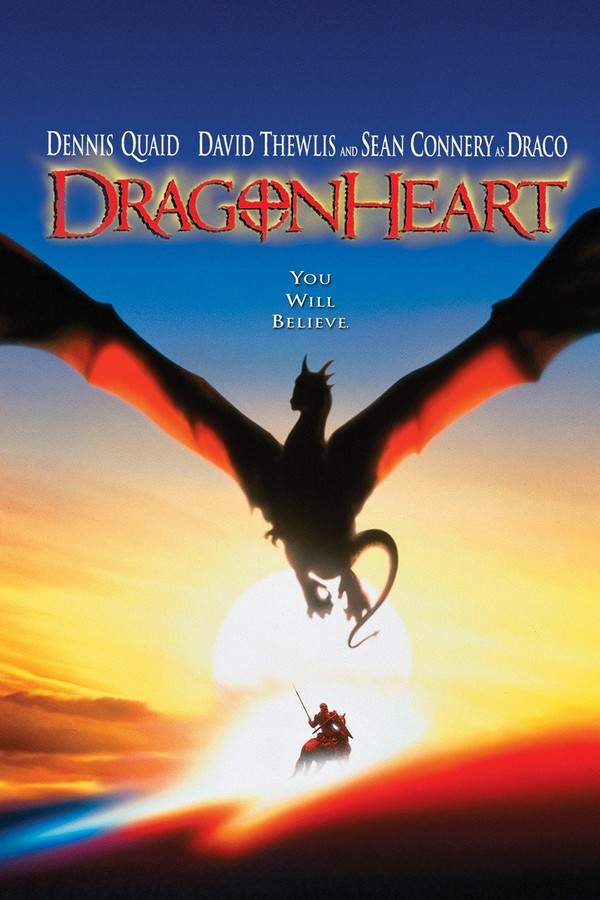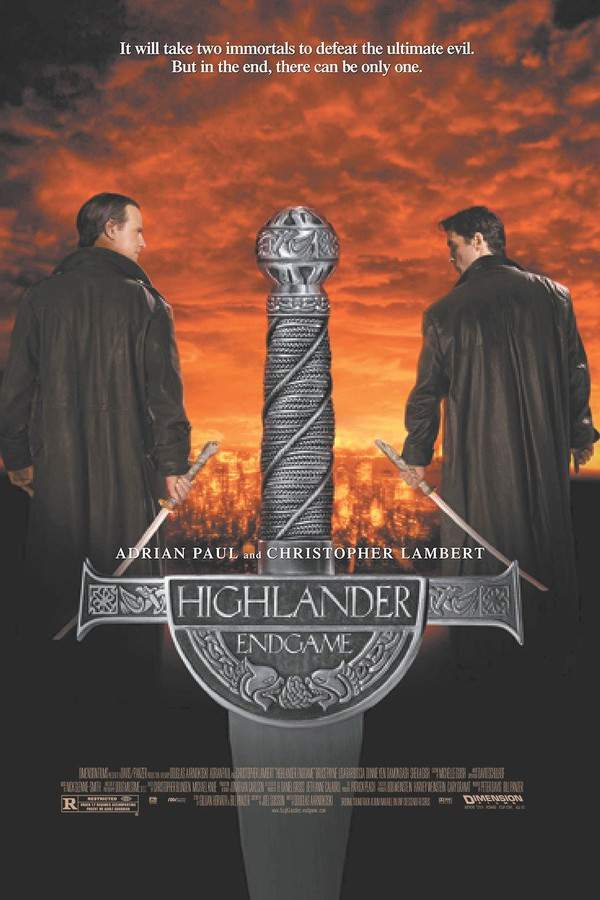
Fighter in the Wind
Year: 2004
Runtime: 121 mins
Language: Korean
Director: Yun-ho Yang
It follows the young Choi Yeung‑Eui, a Korean karate competitor who travels to Japan after World II to train as a fighter pilot, only to find a different path. Renaming himself Masutatsu Oyama, he roams Japan, defeating martial artists and building his Kyokushin karate. The film focuses on his youth, showing rigorous training and the birth of Kyokushin.
Fighter in the Wind (2004) – Spoiler-Free Movie Summary & Plot Overview
Get a spoiler-free look at Fighter in the Wind (2004) with a clear plot overview that covers the setting, main characters, and story premise—without revealing key twists or the ending. Perfect for deciding if this film is your next watch.
In the turbulent aftermath of World War II, a restless Korean youth named Choi Yeung‑Eui dreams of soaring the skies as a fighter pilot. The lingering haze of conflict drives him across the sea to a Japan that is rebuilding itself amid occupation and cultural clash. Arriving in a world where street markets buzz with newly arrived immigrants and the echo of traditional martial disciplines reverberates through cramped neighborhoods, he discovers that the path to the cockpit is fraught with obstacles far beyond the mechanical.
Soon the promise of flight yields to a different kind of freedom: the raw, disciplined art of combat. Immersed in the gritty training halls and open‑air dojos that pepper the Japanese landscape, Choi Yeung‑Eui begins to absorb the harsh lessons of perseverance and physical mastery. The film paints a vivid portrait of a young man forging his identity amid harsh weather, relentless conditioning, and the unspoken code of the warrior’s spirit. The tone is both austere and kinetic, capturing the clang of bare‑knuckle bouts and the quiet of mountains where solitary practice turns sweat into steel.
As his journey unfolds, the protagonist adopts a new name, Masutatsu Oyama, marking the emergence of a singular vision that blends his Korean roots with the rigor of Japanese karate. This rebirth hints at the birth of a revolutionary fighting style that will later be known as Kyokushin. The story balances the stark realism of post‑war survival with an almost mythic undercurrent, inviting viewers to wonder how a dream of flight can transform into a lifelong quest for mastery, honor, and an indomitable will that reshapes an entire martial tradition.
Last Updated: October 14, 2025 at 03:55
Explore Movie Threads
Discover curated groups of movies connected by mood, themes, and story style. Browse collections built around emotion, atmosphere, and narrative focus to easily find films that match what you feel like watching right now.
Movies about a warrior's solitary path like Fighter in the Wind
Intense stories of physically and mentally grueling journeys toward greatness.If you enjoyed Fighter in the Wind's portrayal of a lone fighter's intense training and pursuit of mastery, you'll find similar stories here. These movies feature protagonists on a grueling, solitary journey of self-discipline and physical endurance, often set against harsh backdrops.
Narrative Summary
The narrative follows a linear ascension arc, where the protagonist faces a series of escalating physical and psychological challenges. The central conflict is often internal—the battle against one's own limitations—as much as it is external. The journey is defined by sacrifice, loneliness, and the relentless pursuit of a goal that transcends mere victory.
Why These Movies?
They are grouped by their shared focus on the visceral, punishing process of becoming a master. The experience is defined by high intensity training sequences, a tone of grim determination, and the heavy emotional weight of a solitary quest. The pacing is steady, methodically building from one challenge to the next.
Bittersweet stories of legendary figures like Fighter in the Wind
Achieving legendary status comes with profound personal loss and sacrifice.For viewers who liked the bittersweet ending of Fighter in the Wind, this collection features movies about figures who achieve greatness at a heavy price. These films explore the complex legacy of legends, where triumph is intertwined with themes of sacrifice, loss, and the isolating nature of power.
Narrative Summary
The plot follows a rise-to-power structure, but the climax and resolution emphasize the hollow or costly aspects of the victory. The narrative often includes the loss of mentors, severed personal connections, or a confrontation with the violence inherent in their path. The ending acknowledges the achievement but lingers on the scars it created.
Why These Movies?
They share a specific emotional mix: the catharsis of triumph is tempered by a palpable sense of loss and melancholy. The tone is heavy and often tense, leading to an ending that is more contemplative than purely celebratory. The emotional weight is a defining feature, making the success feel earned and human.
Unlock the Full Story of Fighter in the Wind
Don't stop at just watching — explore Fighter in the Wind in full detail. From the complete plot summary and scene-by-scene timeline to character breakdowns, thematic analysis, and a deep dive into the ending — every page helps you truly understand what Fighter in the Wind is all about. Plus, discover what's next after the movie.
Fighter in the Wind Summary
Read a complete plot summary of Fighter in the Wind, including all key story points, character arcs, and turning points. This in-depth recap is ideal for understanding the narrative structure or reviewing what happened in the movie.

Fighter in the Wind Timeline
Track the full timeline of Fighter in the Wind with every major event arranged chronologically. Perfect for decoding non-linear storytelling, flashbacks, or parallel narratives with a clear scene-by-scene breakdown.

Characters, Settings & Themes in Fighter in the Wind
Discover the characters, locations, and core themes that shape Fighter in the Wind. Get insights into symbolic elements, setting significance, and deeper narrative meaning — ideal for thematic analysis and movie breakdowns.

More About Fighter in the Wind
Visit What's After the Movie to explore more about Fighter in the Wind: box office results, cast and crew info, production details, post-credit scenes, and external links — all in one place for movie fans and researchers.



